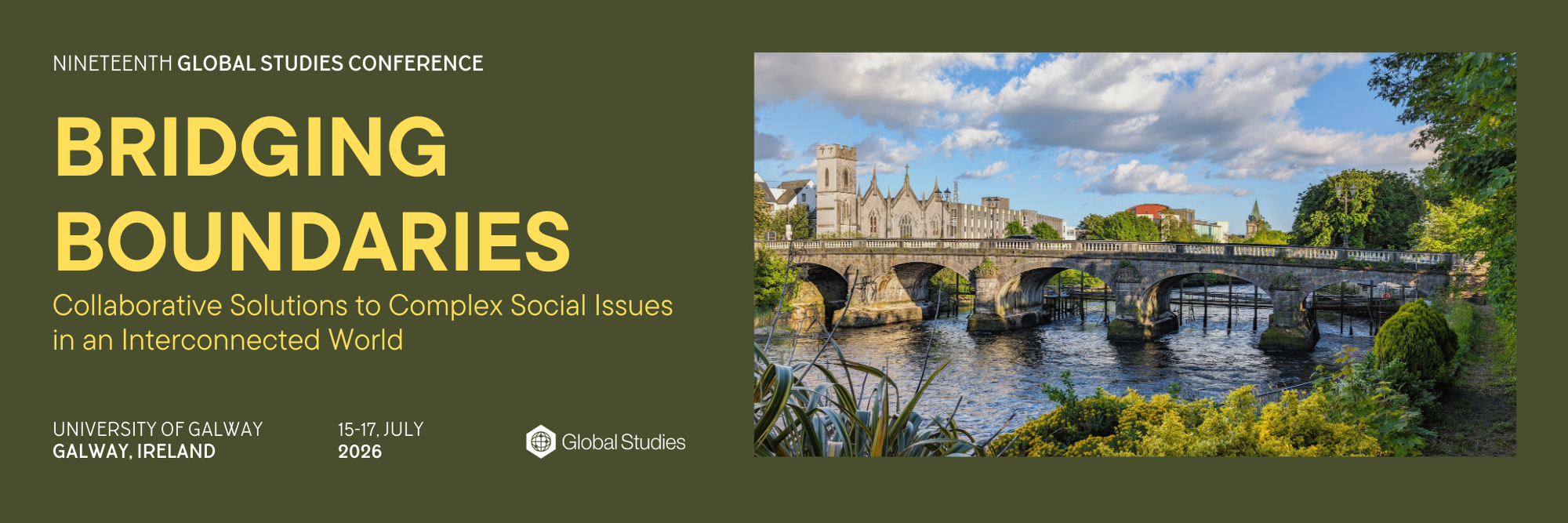Abstract
Aiming to integrate the politics of migration with artistic analysis, I discuss artworks of contemporary women immigrants from Ethiopia based in Israel. Manifesting their transnational identity, they express a critical stance about the marginalisation they undergo in the ethno-national state. The methodology used for the discussion is interdisciplinary, revealing their hybrid identities and the ways they cope with systemic inequality. Israel, established in 1948, declared itself the land of the Jewish people and is marked by ethnic nationalism insofar as citizenship is granted only to immigrants that are members of the dominant ethnicity, i.e., Jews. Israel has different types of migration – political refugees, migrant workers, and Jewish immigrants; yet for religious/political reasons, only the latter group has the option of obtaining citizenship. As integral part of the Zionist ethos, this creates bureaucratic, theological and political complications regarding the identity definition of many of its residents. This complex situation is prominent in the case of the Ethiopian immigrants, many of whom cannot prove their Judaism to the satisfaction of the Orthodox Rabbinical authorities – that have the sole mandate to establish official religious status – and therefore face significant obstacles to satisfactory assimilation and wellbeing. Through intersectional analysis I address three major identity categories: gender, race and religion, to complicate the seemingly stable notions of self, nation-states, citizenship, and cultural belonging, often characterising migrating people in our age of globalisation. As a non-verbal tool, visual art constitutes a powerful means for examining reality, shedding light on burning social issues.
Details
Presentation Type
Paper Presentation in a Themed Session
Theme
Vectors of Society and Culture
KEYWORDS
Transnationalism, Art, Migration, Ethiopian-Israelis, Gender, Israeli Visual Culture

